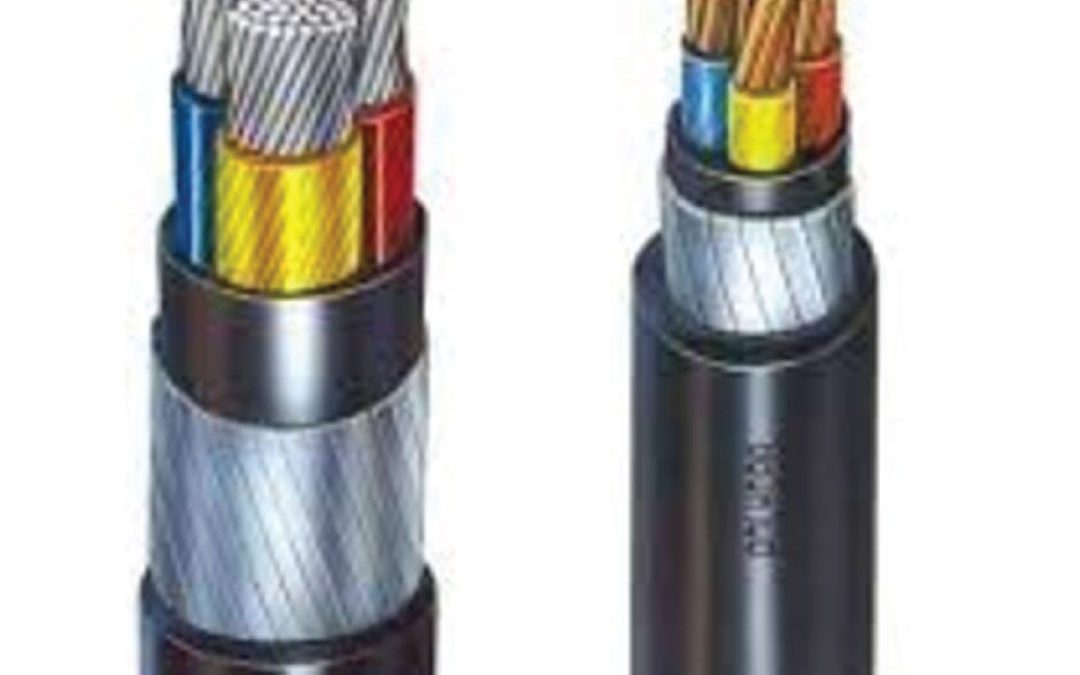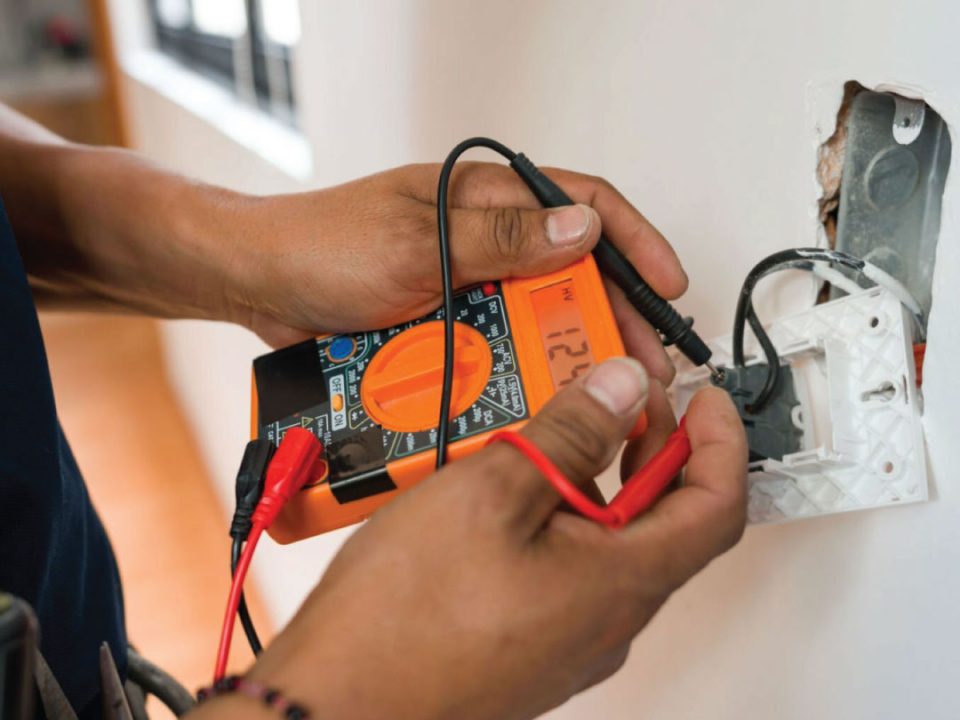
What is Armoured Cable
December 17, 2023
Top 12 Electrical Wiring Tips and Tricks for Safe and Efficient Installations
December 18, 2023The Differences Between PVC and XLPE Cables
In the world of electrical cables, choosing the right type of insulation material is crucial for the safety, efficiency, and longevity of the cable. Polyvinyl Chloride (PVC) and Cross-Linked Polyethylene (XLPE) are two prominent materials used for cable insulation. Understanding their characteristics, applications, and differences is essential for engineers, electricians, and industry professionals.
What Is A PVC Cable?
Polyvinyl Chloride, commonly known as PVC, is a widely used thermoplastic polymer for cable insulation and sheathing. PVC cables are known for their flexibility, ease of installation, and good insulation properties. They are used in a variety of environments, including residential, commercial, and industrial settings.
What Is An XLPE Cable?
XLPE stands for Cross-Linked Polyethylene. XLPE cables feature a thermosetting material, which undergoes a chemical cross-linking process. This process enhances the cable’s thermal, mechanical, and chemical properties, making it suitable for high voltage applications and extreme environmental conditions.
The Differences Between PVC and XLPE Cables
The primary differences between PVC and XLPE cables lie in their temperature handling, electrical properties, chemical resistance, and physical durability:
Temperature Resistance: XLPE cables can operate at higher temperatures (up to 90°C) compared to PVC cables (typically up to 70°C).
Electrical Properties: XLPE cables have better electrical conductivity and can withstand higher voltage levels.
Chemical Resistance: XLPE is more resistant to chemicals, oils, and acids than PVC.
Physical Durability: XLPE cables are more robust in terms of abrasion resistance and environmental stress.
Read Also: What is Armoured Cable
XLPE Cable Full Form
The full form of XLPE is Cross-Linked Polyethylene. The cross-linking process alters the molecular structure of polyethylene, enhancing its performance characteristics.
XLPE Cable Specification
XLPE cables are specified based on their conductor material (usually copper or aluminum), voltage rating, number of cores, and insulation thickness. They are also categorized by their resistance to fire, chemicals, and UV radiation.
PVC Cable Full Form
The full form of PVC is Polyvinyl Chloride. It is a plastic polymer used in a wide range of products, including cable insulation and sheathing.
PVC Cable Specification
PVC cables are specified by their conductor type, insulation thickness, voltage rating, and the number of conductors. They are also characterized by their flexibility, color, and fire-retardant properties.
Read Also: Top 12 Electrical Wiring Tips and Tricks for Safe and Efficient Installations
XLPE Cable Advantages and Disadvantages
Advantages:
- Higher temperature and voltage rating.
- Excellent resistance to moisture, chemicals, and UV radiation.
- Suitable for harsh environmental conditions.
Disadvantages:
- Generally more expensive than PVC.
- Requires more careful handling during installation due to its rigidity.
- PVC Cable Advantages and Disadvantages
Advantages:
- Cost-effective and widely available.
- Flexible and easy to handle during installation.
- Good insulation properties for low and medium voltage applications.
Disadvantages:
- Lower temperature and voltage capacity.
- Susceptible to degradation from UV light and certain chemicals.
Conclusion
Choosing between PVC and XLPE cables depends on the specific requirements of the application, including environmental conditions, voltage needs, and budget constraints. While PVC cables offer a cost-effective solution for general use, XLPE cables are more suited for high-demand applications involving extreme conditions and higher voltages. Understanding these differences enables professionals to make informed decisions, ensuring the safety, efficiency, and longevity of their electrical installations.


